The Nicotine Pouch Market is expected to reach USD 23.60 Bn by 2030. Market is driven by expansion is primarily driven by the increasing demand for smokeless and tobacco-free alternatives, making nicotine pouches an appealing option for health-conscious individuals and smokers seeking cessation solutions.
Market to Hit USD 23.60 Bn by 2030
Nicotine Pouch Market was USD 2.77 Bn in 2023 and is expected to expand at a compound annual growth rate (CAGR) of 35.8% from 2024 to 2030, reaching USD 23.60 Bn by 2030. In the United States, the market size was estimated at USD 1.82 billion in 2023. The nicotine pouch market is thriving due to several key drivers. Customers are choosing smokeless, tobacco-free options more and more as they become more aware of the negative health effects of traditional smoking and the strict laws governing tobacco products. Nicotine pouches, which provide nicotine without causing dangerous smoke inhalation, have gained popularity, particularly among those who are looking for healthier alternatives to cigarettes and cigars.
Discover In-Depth Insights: Get Your Free Sample of Our Latest Report Today @ https://www.maximizemarketresearch.com/request-sample/190204/
Market Segmentation
By Flavor: The nicotine pouch market is experiencing remarkable growth, particularly in the flavored segment, which accounted for 89.5% of total market revenue in 2024. Flavored pouches, such as mint, coffee, lemon, and berry, have become a popular choice, especially among youth. In 2020, 82.9% of U.S. youth used flavored nicotine pouches, with 84.7% of high school users (2.53 million) and 73.9% of middle school users (400,000).
By Strength: The regular strength nicotine pouch segment, offering 4-6 mg per pouch, captured 44.1% of the market share in 2024. These pouches are preferred by users with moderate nicotine dependency, as they effectively satisfy cravings and assist with smoking cessation. Regular-strength pouches mirror the nicotine levels experienced with cigarettes, making them an ideal option for those seeking a smoother transition.
Market Regional Analysis
Europe, is a leading market for nicotine pouches, especially in nations like Sweden where the long-standing custom of using smokeless tobacco products has established a standard for nicotine pouch adoption on a larger scale. The market for nicotine pouches is still being driven by the smokeless tobacco trend, which Sweden has led the way in.
North America, due to growing concerns about the health problems associated with smoking, the United States dominates the North American market for nicotine pouches. Nicotine pouches have become more and more popular as smokers search for alternatives.
South America, Brazil and Argentina, there is a growing need for nicotine pouches. As health knowledge and attempts to quit smoking increase, customers are choosing tobacco-free solutions.
Available Exclusive Sample Copy of this Report @:
https://www.maximizemarketresearch.com/request-sample/190204/
Market Competitive Landscape
Zyn: In Feb 2025, an effort to reach a wider audience by introducing additional flavors and nicotine doses, a prominent brand in the nicotine pouch market has extended its distribution network throughout the United States.
VELO: In Jan 2025, a well-known producer of nicotine pouches has announced a new environmentally friendly packaging project. This action attempts to lessen the total environmental impact of nicotine products while attracting consumers who care about the environment.
Swedish Match: In Dec 2024, according to Swedish Match, a leader in the smokeless tobacco sector, the usage of nicotine pouches has significantly increased in Sweden and other European nations.
Conclusion
- Increasing demand for smokeless, tobacco-free alternatives, and growing awareness of smoking risks are key growth drivers.
- Europe leads, especially Sweden, due to its tradition of smokeless tobacco products. The U.S. follows with rising adoption, while South America (Brazil and Argentina) shows significant growth potential.
- The nicotine pouch market is set to grow as consumers shift toward healthier, smoke-free alternatives, with continued innovation and harm reduction efforts shaping the market’s future.



